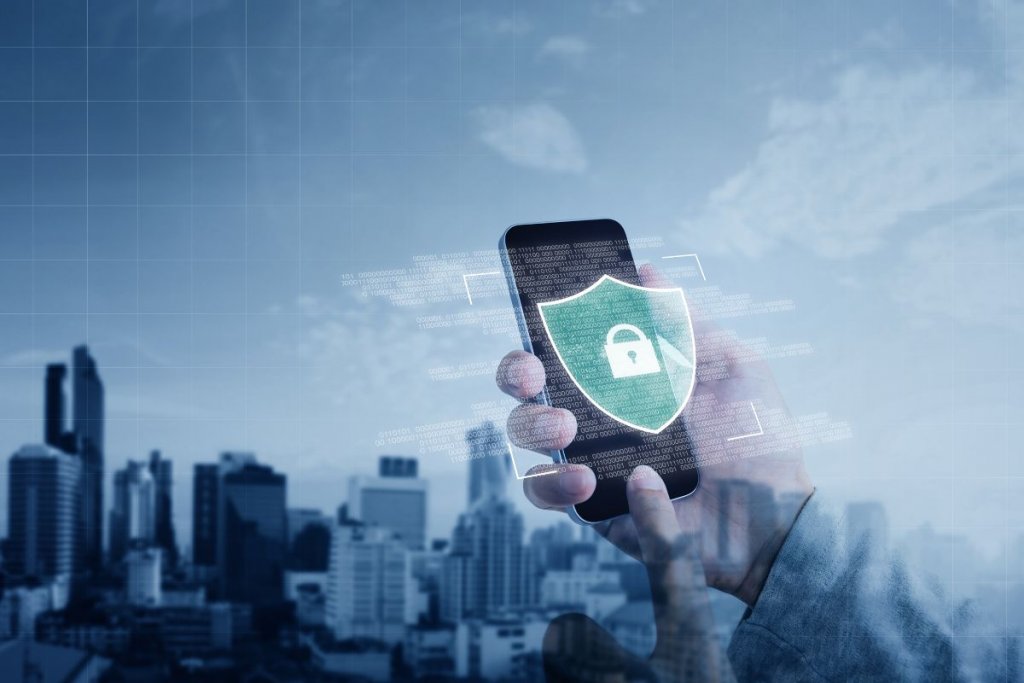Do you need antivirus apps for your smartphone? Let's start from the beginning: Almost everyone has a smartphone, which is indispensable for everyday life. Not only in private, but also at work, smartphones and tablets have an enormously high value. Mobile use of the Internet in particular plays a major role. The data transfer that takes place via the Internet is manifold: apps are used, search queries are started, e-mails are retrieved, and even payments are sent quickly and easily. All of these data are coveted, however, because they reveal a lot about the users. The situation is particularly serious when it comes to the use of mobile devices in companies: if attackers succeed in gaining access to the devices from the outside, they can also access the company network through them in many cases: the damage that this causes for private individuals and companies can be immense.
In the case of computers and laptops, malware often gets onto the device via virus programs. Accordingly, these devices are protected with antivirus programs.
This scans files, downloads and email attachments for possible threats and warns users if a file or website appears unsafe.
This should reduce the risk of unintentionally downloading a computer virus.
Even though there are now pre-installed antivirus programs, such as Windows Defender, and there are even experts who advise against buying extra software, many users still want to be on the safe side and install separate antivirus software.
The reports about 'The dangers of the Internet' do the rest: users are worried that not only their computer, but also their smartphone could be spied on and attacked. How convenient it is that almost every provider of antivirus software for computers also offers an antivirus app for smartphones.


